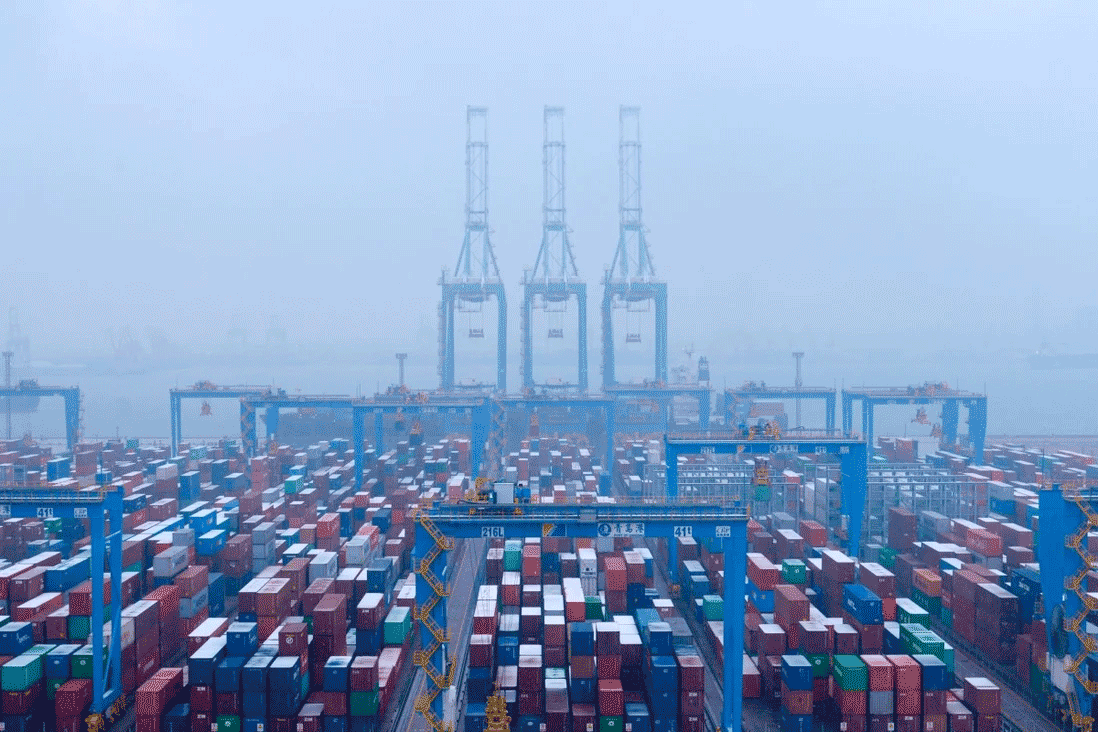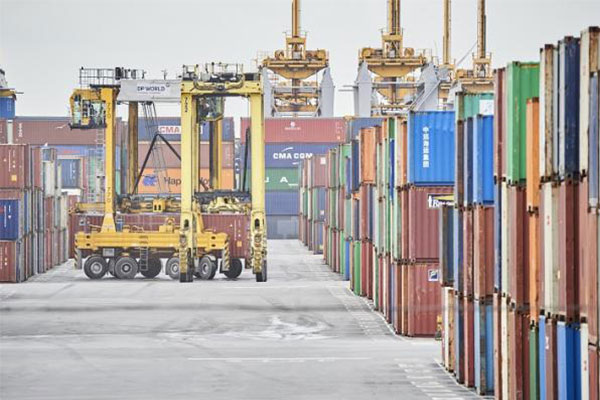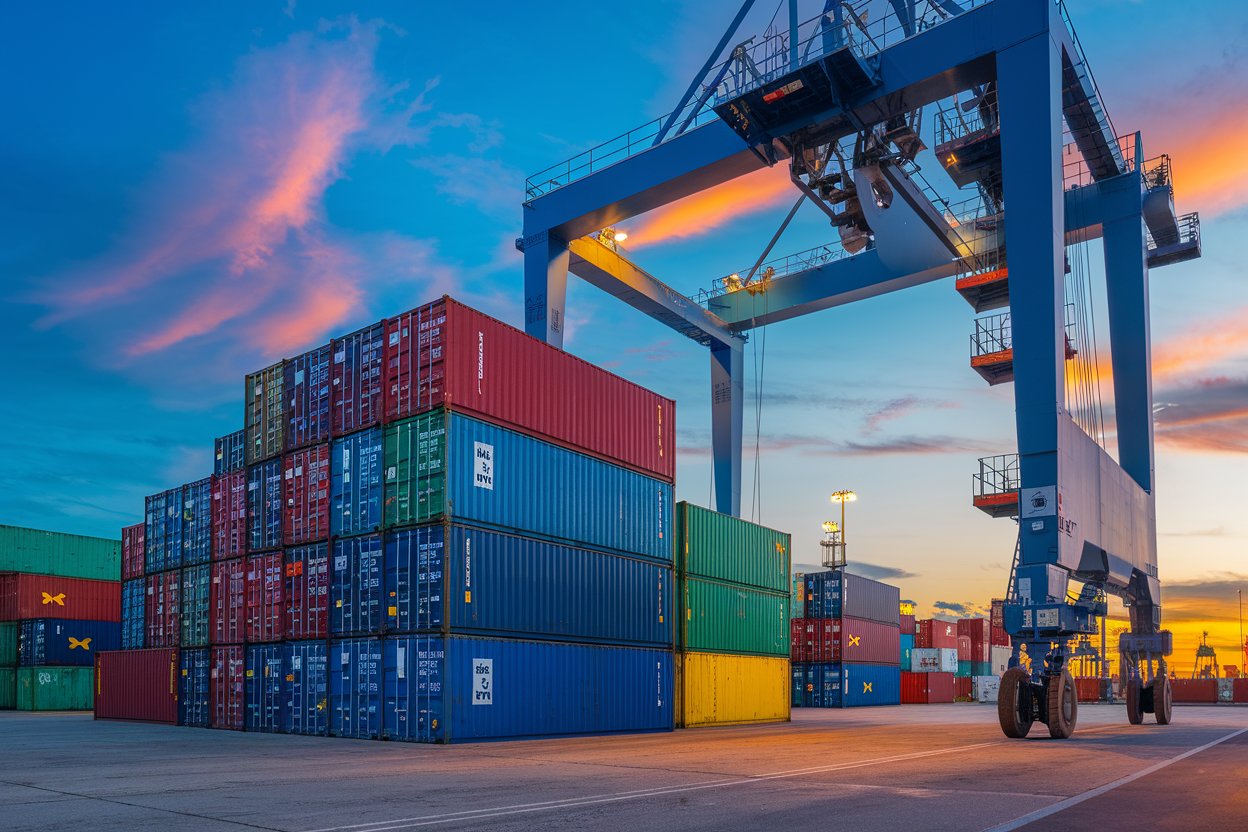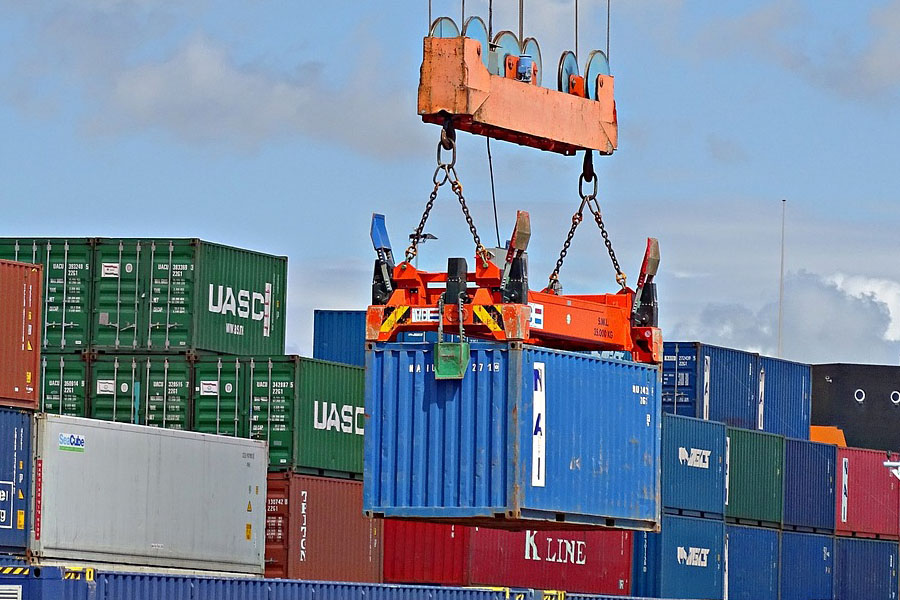- Shanghai Zhongshen International Trade Co., Ltd. - Two decades of trade agency expertise.
- Service Hotline: 139 1787 2118
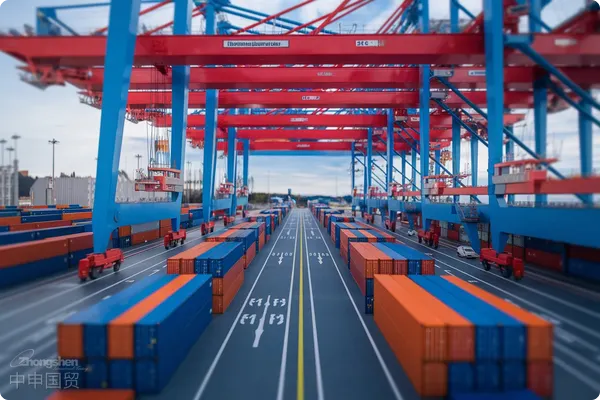
Gas Detection in 2025equipment. For example, Indonesia has the SNI certification, Thailand has the TISI certification, and the Philippines has the BPS certification. It is necessary to confirm in advance the equipment voltage (such as 380V/50Hz in Thailand), the compatibility of the CE certification, and the proof of environmentally friendly materials.Industry Status Quo
According to the latest statistics of the General Administration of Customs, the import volume of gas alarm devices in the first three quarters of 2025 increased by 23% year - on - year, of which industrial - grade explosion - proof equipment accounted for 67%. Against the backdrop of the revision and implementation of the Work Safety Law, the Market Regulation Administration has increased the accuracy requirement for gas - sensitive sensors of imported equipment to an error range of ±3%, which is 2.5 times stricter than the 2022 standard. The increase in this technical threshold has caused62% of first - time importing enterprisesto encounter customs clearance delays or return of goods issues.
Three Hidden Cost Traps in the Import Process
- Losses in Certification Blind Spots:
- 11 Differential Indicators between EU ATEX Certification and Domestic Explosion - Proof Certification
- Different Detection Standards for Infrared and Catalytic Combustion Sensors
- Misunderstandings in Tariff Calculation:
- Classification Disputes between Sensor Modules and Complete Machines (8531.80 vs 9027.10)
- Tax Rate Differences Caused by Improper Use of ASEAN Certificates of Origin (0%→8%)
- Risk of Logistics Damage:
- The transportation humidity of precision components needs to be controlled at 30 - 60%RH
- Explosion - Proof EnclosureMaritime TransportationRequirements for Stacking Ultimate Pressure Value
Four Key Roles of Professional Agent Services
Taking a certain chemical enterprises import of German Dr?ger infrared gas detectors as an example, the agency service can createa 28% comprehensive cost savings:
- Qualification pre-review stage: Verify the Compatibility between EU EC - type Certification and GB3836 Standard in Advance
- Tariff Planning Stage: Use the RCEP Accumulation Rules to Achieve Tariff Reduction for Sensor Raw Materials
- Logistics Management Stage: Customize Constant - Temperature and Shock - Proof Containers + Priority Inspection Channels
- After - sales Tracking Stage: Establish an Equipment Parameter Database to Deal with Subsequent Customs Inspections
Four Criteria for Selecting Agency Services in 2025
- Industry experience level: Complete at least 20 import cases of gas equipment
- Customs Network Coverage: Have emergency response teams at major ports
- Technical Document Library: Hold more than 300 authorization letters from global certification agencies
- Risk Early - Warning System: Monitor real-time changes in regulations of target countries (such as the upgrade of the US UL2075 standard)
Practical Case: An Energy Groups Import Pit - Avoidance Record
When an LNG receiving station imported the XP - 3110 series detectors from Shinyu Cosmos of Japan, due to failure to recognizethe difference in response time between the JISC standard and GB15322, it faced the risk of rectifying the entire batch of equipment. After the intervention of a professional agency:
- Complete a comparison report on the differences between Chinese and Japanese standards within 72 hours
- Coordinate with a third - party agency for on - site technical verification
- Use test data instead of physical inspection during re - declaration
Finally achievea 15 - day reduction in customs clearance time, avoiding a direct economic loss of 870,000 yuan.
New trends in agency services for 2025
In view of the particularity of gas equipment imports, leading agency enterprises have developed three special services:
- Technical Parameter Pre - review System: Automatically compare with the detection standard databases of 42 countries
- Modularized Customs Clearance Plan: Disassemble declaration elements according to sensor types
- Full - cycle Traceability Management: A complete data chain from factory testing to installation and maintenance
Related Recommendations
? 2025. All Rights Reserved. Shanghai ICP No. 2023007705-2  PSB Record: Shanghai No.31011502009912
PSB Record: Shanghai No.31011502009912

